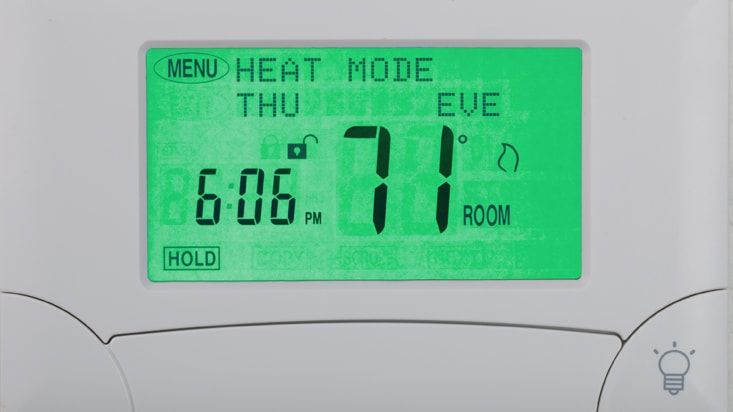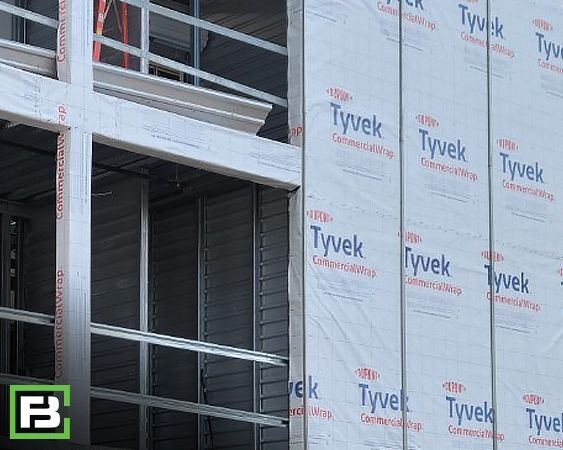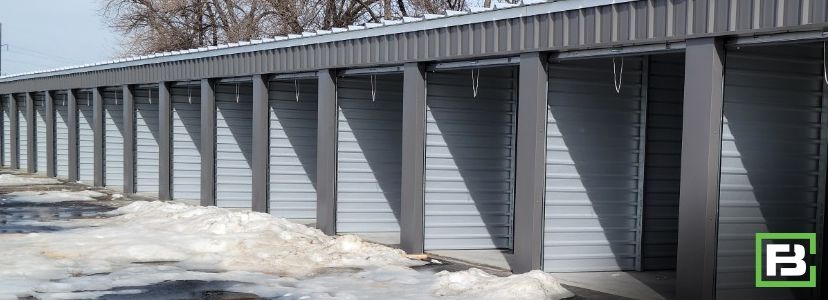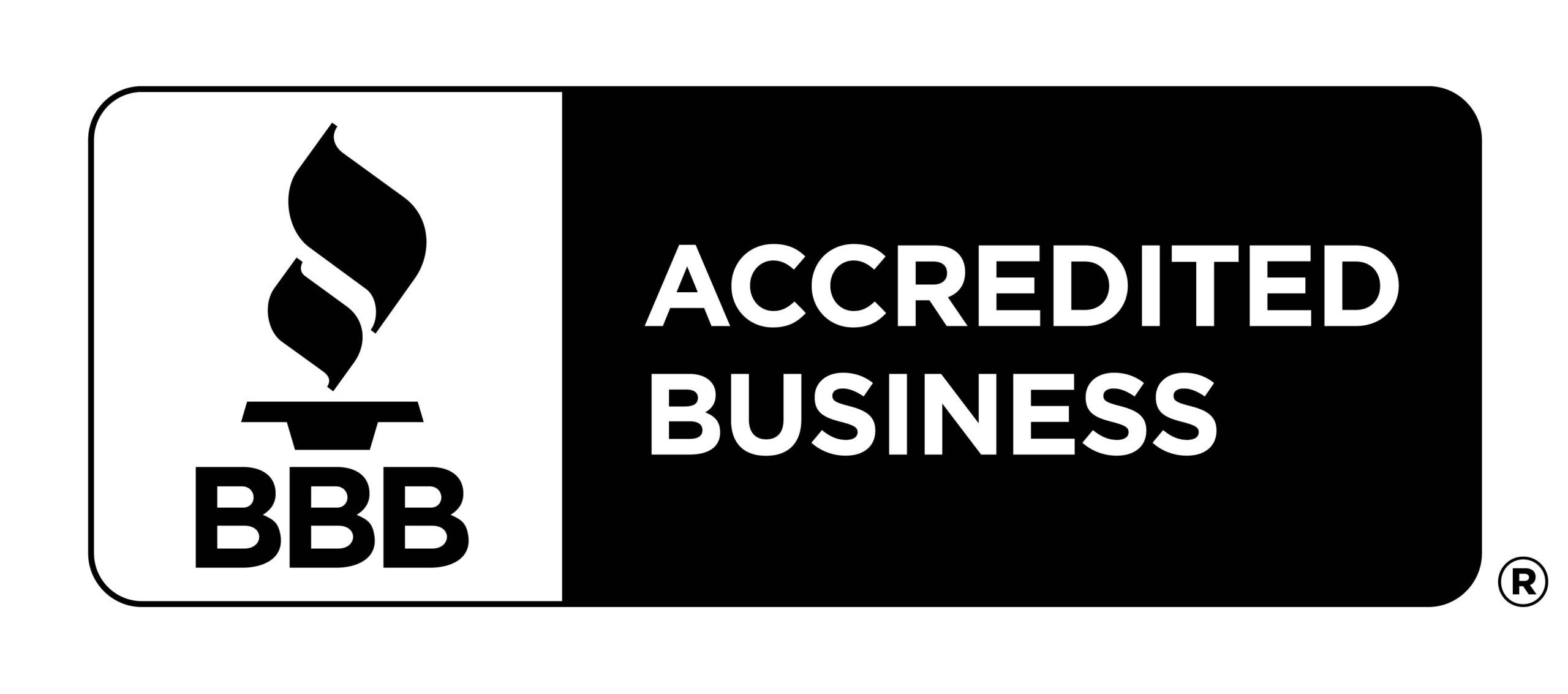Menu

Very few places in the country are fortunate enough to avoid the frigid temperatures of winter, the extreme heat of summer and the humidity that comes with it. For that reason, climate-controlled storage spaces have exploded in popularity, and this is particularly true in areas prone to extreme temperatures or high humidity. Renters storing valuable or irreplaceable items often prefer climate-controlled self storage units due to the high degree of protection and peace of mind they provide.
In 2021, owners of self storage facilities saw extremely high occupancy rates. The average cost of renting a storage unit also surpassed pre-pandemic levels. Self storage business owners saw a shift in terms of the types of storage spaces renters desire, and many are updating their buildings or adding new ones to accommodate them. This is where climate-controlled units come into play.
The need for additional storage space is growing especially rapidly in lower-cost cities as population and migration growth continue to flourish in more affordable areas. In 2020, self storage occupancy rates held steady at around 92%, and self storage market insiders expect this trend to continue well into this year and beyond.1
Owning a climate-controlled storage business is a great investment. Storage business profit margin is up to 11% per year, where the capital-intensive business profit ranges between 3%- 5%.2
Climate-controlled units are also a great way to increase profit because they typically command higher rental rates than traditional space of the same size. The amount of upcharge will vary by region of the country; however, in some markets, this could be 15-35% or more.3 Another huge advantage is that the newest generation of 100% climate-controlled, multi-story buildings enables a developer to build roughly three times the rentable square footage on the same amount of dirt. This means the owner can absorb a much higher land cost. It also allows them to consider many more parcels for a project.4
Building a climate-controlled self storage facility is different from building the traditional ones. There are definitely more unique intricacies. Following are some design considerations.
When it comes to the design of your temperature- or climate-controlled self storage buildings, here are some common items to consider.
Costs. It’s common for commercial steel building developers to phase a project, but when planning a site with climate control, consider how the design will impact construction costs. The most cost-effective building is a large, wide structure.
On average, the cost of building a climate-control self storage is $35-$70 per square foot. It may also cost around $8-10 million for a 2.5 acre landed storage. This figure represents almost all costs, including land, land development, construction, permits, insurance, materials, labor, etc. The actual cost may vary depending upon your location, materials used, type of building, etc. This is simply a rough estimate based on 2021 factors.
A study by Storelocal Storage Coop suggests that when costing out a climate-control build, you also need to factor in the cost of the HVAC mechanical system and the extra insulation you’ll need. This could add, on average, 15% to each square foot or to the total cost when compared to building a non-climate controlled self storage facility.
Heating and Cooling. Depending upon the location of your facility, a facility owner must decide if they are going to offer both heating and cooling (or one or the other). Generally, a climate-controlled facility should maintain building and unit temperatures below 85 degrees in the summer and above 55 degrees in winter, with humidity below 65 percent to prevent mold and mildew.5
Moisture is the biggest design consideration. Split-system HVAC units work well in these situations. When used in conjunction with a dehumidifier, these systems ensure that stored belongings stay dry. Another consideration is to utilize ionizers in lieu of additional “outside air intakes” to help minimize moisture.
Unit access. Climate-controlled buildings are usually built with interior unit access via hallways, but more commercial steel building developers are building climate-controlled units with exterior, drive-up access. Since these units are open to the weather elements, climate-control can be a bit more challenging. Therefore, these units should be equipped with insulated sectional doors (typically R-19 insulating value) rather than traditional roll-up doors. The proper HVAC system can also help overcome these challenges.
Unit size. Interior-access buildings won’t contain units as large as those used for drive-up storage. The largest unit size in these buildings is typically 10-by-20.
 Insulation. How much insulation you need and what kind will vary based on local building codes, weather conditions, and owner preferences. The International
Energy Conservation Council recently changed its guidelines in many areas, requiring more insulation to better preserve energy. This isn’t a bad thing because it can provide facility owners the most cost-effective way to keep temperature and humidity at optimal levels.
Insulation. How much insulation you need and what kind will vary based on local building codes, weather conditions, and owner preferences. The International
Energy Conservation Council recently changed its guidelines in many areas, requiring more insulation to better preserve energy. This isn’t a bad thing because it can provide facility owners the most cost-effective way to keep temperature and humidity at optimal levels.
Inside Self Storage recommends a minimum of 6 inches of fiberglass (R19) for roofs and walls. The building’s heat loss and gain must be determined by the HVAC contractor. This contractor will calculate insulation values, ceiling heights, cubic area, type of construction, amount of lighting, exterior doors, number of windows, and the air infiltration from outside.
Projects can be built with spray-in foam, fiberglass batts, insulated panels or some sort of combination. While building a project with a higher R-value will cost more, it pays benefits in two ways – your operating costs will be lower contributing to a higher property value when it’s time to sell.
Other ways to insulate your facility include:
Roof pitch. You can choose from a variety of roof pitches for climate-controlled buildings. Roofs can be designed to allow room for the desired insulation thickness (R-value) directly under the panels. Or, on higher-pitched buildings, the insulation may be placed directly over the ceiling of the heated/cooled space as you would find in a home, with insulation on the attic floor rather than under the rooftop.

As the self storage industry continues to grow, the large majority of new builds are including climate-control in the mix. And in many markets, self storage sites consist entirely of climate-controlled units.
Climate-controlled units can be an excellent addition to your storage investments since these units command higher rental rates, bring in new clients and generate additional revenue.
Whether you want to add Climate-Controlled Self Storage units to your existing facility or plan to include climate-control in a new build, the team at Forge Building Company will help you design the most cost-effective solution.
Works Cited
1. Regency Steel Buildings. (n.d.). Retrieved from Ministorageoutlet.com: https://ministorageoutlet.com/self-storage-industry-projections/
2. Rider, J. A. (2022, February 20). howmuches.com. Retrieved from How Muches: https://howmuches.com/how-much-does-it-cost-to-build-a-climate-controlled-storage/
3. Statistica. (n.d.). Retrieved from Statistica.com: https://www.statista.com/statistics/1051121/monthly-rent-climate-control-self-storage-unit-sizes-usa/
4. Rowley, A. (2022, April 14). Inside Self Storage. Retrieved from Insideselfstorage.com: https://www.insideselfstorage.com/building-componentsmaterials/building-climate-controlled-self-storage-benefits-and-design
5. Storelocal Storage Coop. (2022, February 23). Retrieved from selfstorage.coop: https://www.selfstorage.coop/blog/considerations-for-a-climate-controlled-storage-facility
